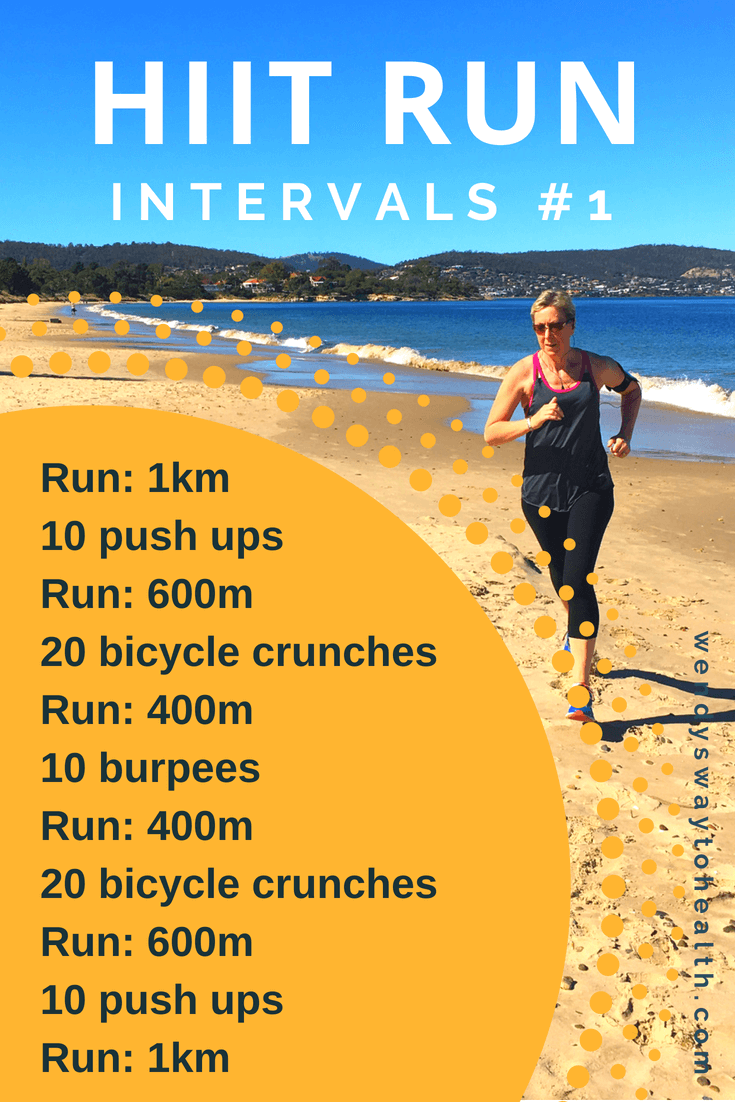Running Workout Tips: Enhance Your Performance Today
Running Workout Tips: Enhance Your Performance Today
Blog Article
The Ultimate Guide to Handling Pain When Running
Whether you are a skilled marathoner or simply beginning your running journey, comprehending the various types of discomfort that can emerge and the approaches to resolve them is essential. From pre-run warm-up regimens to proper shoes option, there are many elements to consider when it comes to dealing with discomfort while running.

Understanding Various Kinds Of Running Pain
When running, it is necessary to compare different kinds of pain to stop injuries and take full advantage of performance (Read More). One usual kind of discomfort that runners may experience is muscle discomfort, which typically arises from the stress placed on muscular tissues throughout exercise. This sort of discomfort is typically a normal component of the running process and can be taken care of with proper workout, cool-down, and extending routines
An additional sort of pain to be knowledgeable about is joint pain. Joint discomfort can show problems such as overuse, inappropriate form, or underlying conditions like joint inflammation. Ignoring joint pain can result in extra severe injuries, so it is vital to resolve any discomfort immediately and perhaps seek specialist guidance.
In addition, sharp or stabbing discomforts should not be disregarded. These kinds of discomfort can signify acute injuries such as strains, sprains, or anxiety cracks - running strategy. Proceeding to run through these kinds of pain can intensify the injury and extend recuperation time

Pre-Run Warm-Up and Stretching Routine
To prepare the body for a running session, applying a reliable pre-run warm-up and stretching regular is necessary. An appropriate warm-up helps raise blood flow to the muscles, boosts flexibility, and lowers the danger of injury during the run. By including a constant pre-run warm-up and extending routine right into your running regimen, you can maximize performance and minimize the danger of discomfort or injury.
Appropriate Footwear Selection and Fit
Selecting suitable footwear that fits well is critical for runners to prevent discomfort and reduce the danger of injuries. Uncomfortable shoes can lead to sores, black toenails, shin splints, and various other agonizing conditions that can impede efficiency and sideline training. When choosing operating footwear, it is vital to consider variables such as foot type, running stride, arch assistance, cushioning, and shoe dimension. running workout. Checking out a specialized running store for a stride analysis and specialist fitting can assist ensure that you select the right footwear for your individual needs. Running shoes must provide appropriate assistance and stability while also fitting and light-weight. Additionally, it is recommended to replace your operating footwear every 300-500 miles to keep proper cushioning and assistance. Spending in top quality footwear over at this website that is proper for your running design and foot makeup is a proactive step in the direction of protecting against discomfort and injuries during your runs.
Nutrition and Hydration Tips for Pain Prevention

Hydration is similarly essential for runners to prevent aches, dehydration, and other pains that can lead to pain during running. By focusing on nutrition and hydration, runners can boost their performance, reduce discomfort, and delight in an extra comfortable running experience.
Post-Run Healing Techniques to Alleviate Discomfort
Implementing efficient healing methods is vital for easing discomfort and advertising muscle mass healing after running sessions. Furthermore, topping sore areas for 15-20 minutes can aid minimize swelling and numb discomfort post-run.
Taking in a well balanced treat or dish that includes protein and carbohydrates within 30 mins of ending up a run can aid repair muscle cells and renew power shops. By integrating these post-run recovery strategies right into your routine, you can effectively take care of pain and optimize your running efficiency.
Final Thought
In conclusion, addressing various kinds of running discomfort with proper workout, stretching, shoes choice, nutrition, hydration, and post-run healing techniques is essential for discomfort prevention and monitoring. By recognizing the reasons for discomfort and executing these strategies, joggers can minimize pain and potential injuries. It is critical to prioritize total physical health and wellness and well-being to guarantee an effective and satisfying running experience.
Report this page